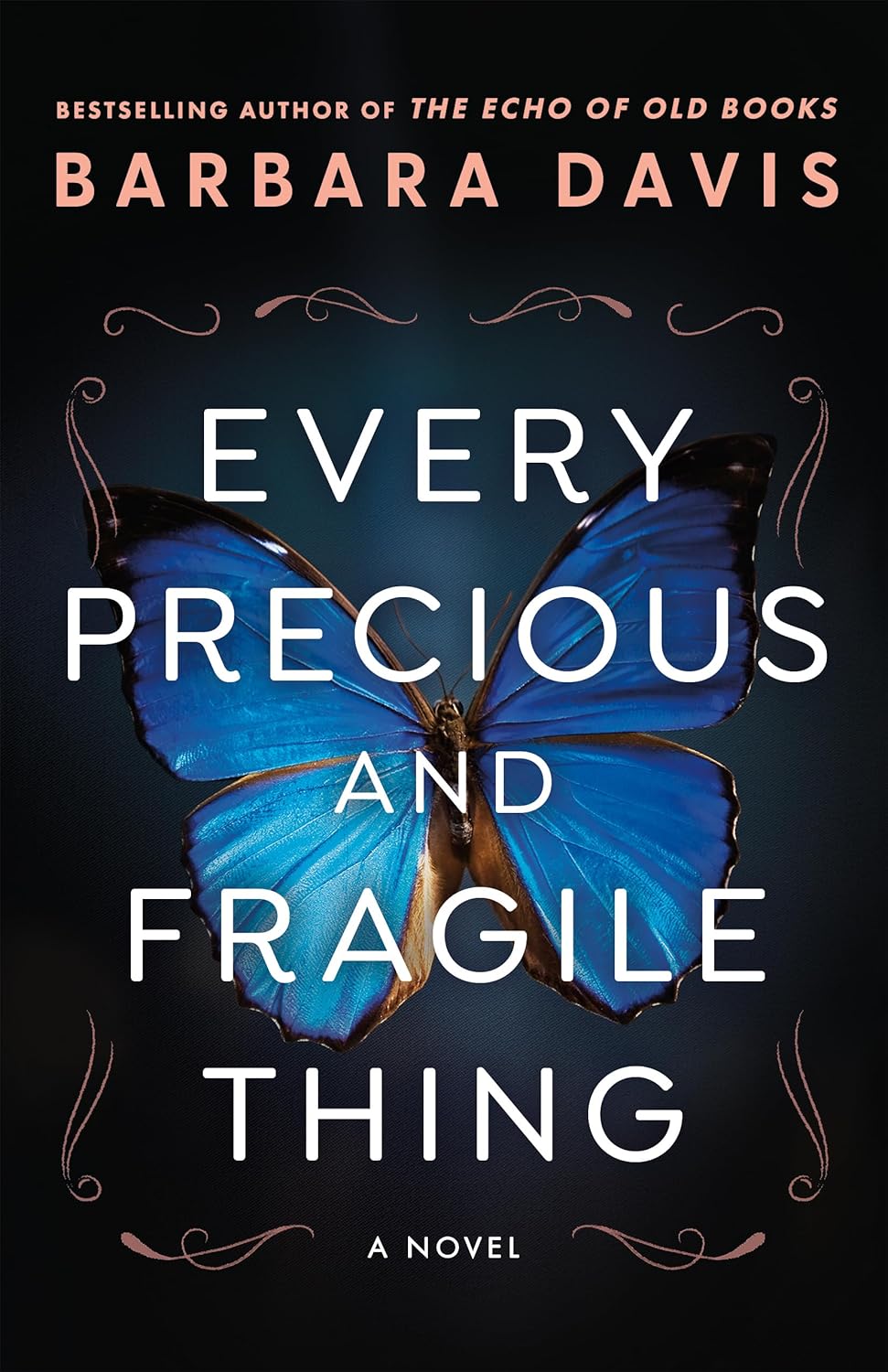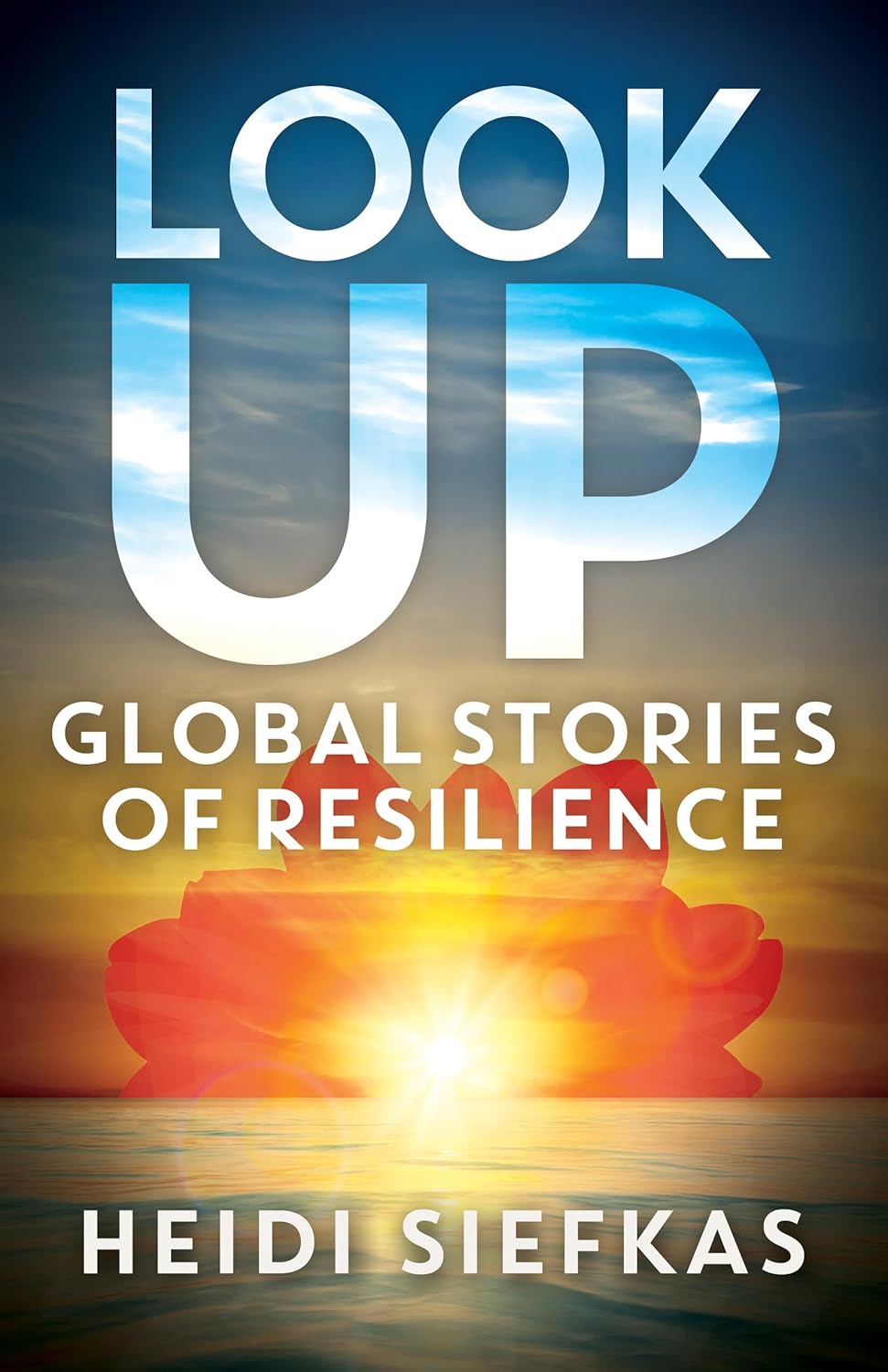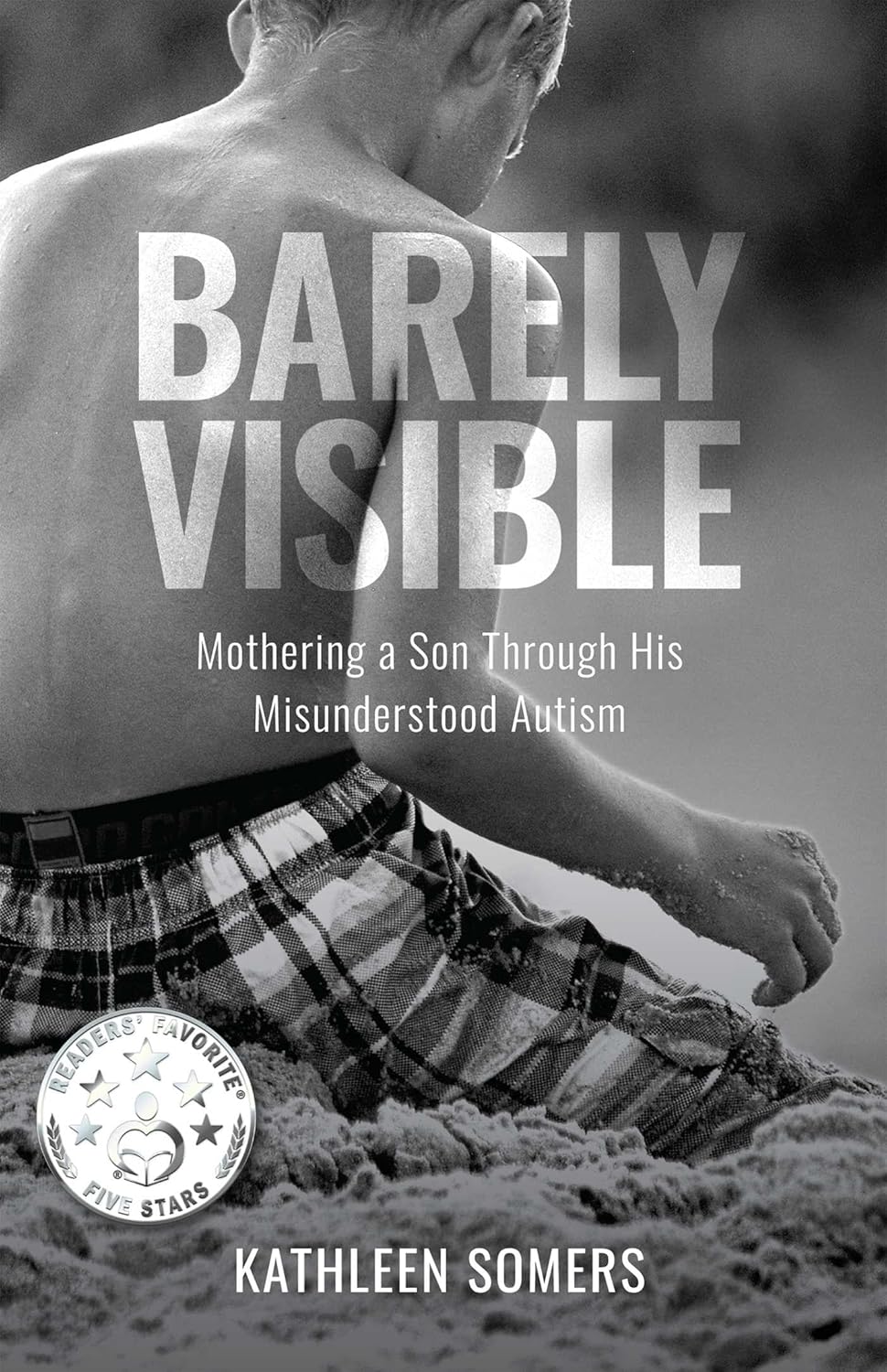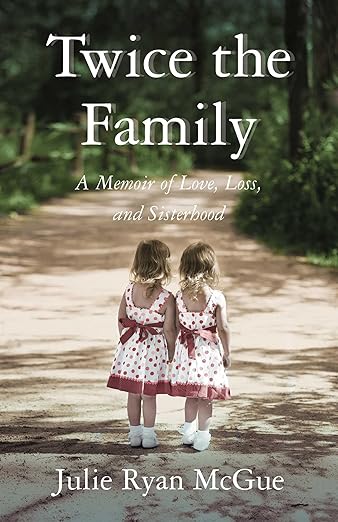Do Women Grieve Differently from Men? An Author’s Perspective
By Lisa C. Taylor
 When I worked in the field of counseling, I encountered both parents and children who were grieving. During the eight years it took me to complete The Shape of What Remains, I immersed myself in research about the grieving process. I do not claim to be an expert but what I learned is that grieving is a highly individual process and as such, there is no rigid timetable.
When I worked in the field of counseling, I encountered both parents and children who were grieving. During the eight years it took me to complete The Shape of What Remains, I immersed myself in research about the grieving process. I do not claim to be an expert but what I learned is that grieving is a highly individual process and as such, there is no rigid timetable.
My novel opens ten years after my main character witnessed the tragic death of her six-year-old daughter, and she is still incapacitated. She went from being a full-time professor to teaching just one class, and even that was a challenge. She had minimal outside contact—a book group once a month, her weekly class and occasional meetings with a supportive mother-in-law. Her husband had thrown himself into work and often came home late or not at all.
Are there norms for grieving? Does our society allow women more time because women, in general, experience more acceptance when showing emotion? Much as I dislike stereotypes, I believe that women, in general, are socialized to share feelings and express themselves more openly than men. This can be used to minimize the magnitude of grief.
If society can call a grieving woman overly emotional, it diminishes what happened. In the life of my main character, Teresa is hyper-focused on preserving the memory of her daughter. Friends she once had drifted away because of her extended grieving period. Grief makes others uncomfortable since it reminds us of our fragility and mortality. Teresa eventually moved to another town to get away from the trauma of seeing the same landmarks and people, many of whom avoided her.
In general, it may seem as if men may suffer silently or throw themselves into work, as Luke, Teresa’s husband does in my novel. Not only does that exacerbate her loneliness, it does nothing for his own journey. Grieving men, women, and children cycle through emotions at different times and in different ways.
Is a woman’s grief sometimes dismissed as an overreaction or hysteria? Probably. The origin of the word hysteria comes from the Greek word, hystera which means uterus. Women with strong emotions may be called hysterical or overly emotional. In our culture, medication may be offered.
My story opens with my main character talking about all the antidepressants her husband wanted her to try so she would “get over” the intractable grief she felt at the unfathomable loss of their daughter. Teresa speaks to the fact that elevating her serotonin levels would not alleviate her pain and that, in fact, she wanted the suffering because it was a kind of homage to her daughter.
In her case, she felt guilty because she blamed herself for looking away for the second when her daughter inexplicably ran into the road. From the perspective of those around her, she is stuck. Her timetable is not the timetable of her husband, her co-workers, and their college-age son. Does that make it invalid? That is a question I pose to my readers.
Even when a person is able to hold a job, have social engagements, and once again engage in a loving relationship, the grief remains, sometimes in the background and sometimes dominant. There will always be triggers—the smell of spring roses, a certain family recipe, seeing someone from the back who resembles the loved one.
To the outside world, she may look totally “healed” and “functional” but loss reshapes us all. In modern society, women are expected to juggle many responsibilities—family, career, friendships, professional development. In long grief, they may go through the motions but setbacks are inevitable. Even a seemingly strong and functional woman will be impacted.
Whether she hides it or refuses to ignore it depends upon many outside factors such as her support system, an ability to detach from her emotions for at least a brief period of time, and the manner of the loss. Losing an elderly family member is expected at some point. Losing a child defies the laws of nature and thus, recovery is complicated and individual.
In The Shape of What Remains, Luke suppresses his feelings of grief for over a decade. When something restimulates his memory of that horrible day, he is forced to face what he spent years avoiding. Men and women may react differently but some of that is dependent upon personality and societal expectation rather than an inherent gender difference in processing grief.
In modern society, there may be more acceptance of women showing emotion but all of us have access to a full spectrum of feelings, regardless of gender. How this manifests may be more an example of expectation than gender differences.
—
Lisa C. Taylor’s first novel, The Shape of What Remains, was released February 18, 2025. Her previous publications include the poetry collection, Interrogation of Morning, the short story collection, Impossibly Small Spaces released by Arlen House/Syracuse University Press in 2018, the short story collection, Growing a New Tail, and two other poetry collections, Necessary Silence (2013) and The Other Side of Longing (2011), a collaborative collection with Irish poet and writer Geraldine Mills.
She also has two poetry chapbooks. Lisa’s poetry, fiction, and nonfiction has been widely published in national and international journals, magazines, and anthologies. Nominated for the Pushcart Prize in both fiction and poetry, she also garnered Best-of-the-Net nominations in both categories. Lisa won the Hugo House New Works Fiction Award in 2015 and she was a spotlight feature on the AWP (Associated Writing Programs) web site and a two-time mentor in the AWP writer-to-writer program. Lisa teaches online and facilitates workshops around the country at writers conferences and schools.She is the co-director of the Mesa Verde Writers Conference and Literary Festival in Southwest Colorado.
https://lisactaylor.com/
https://www.facebook.com/lisactaylor
THE SHAPE OF WHAT REMAINS
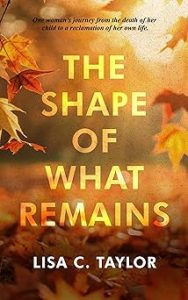 Like all trauma, healing happens on its own timetable, often in surprising ways. Paralyzed by grief ten years after witnessing the violent death of her six-year-old daughter, Teresa Calvano turns to Chaucer, Janis Joplin, and a monthly book group to cope.
Like all trauma, healing happens on its own timetable, often in surprising ways. Paralyzed by grief ten years after witnessing the violent death of her six-year-old daughter, Teresa Calvano turns to Chaucer, Janis Joplin, and a monthly book group to cope.
What did six-year-old Serena Calvano see that caused her to run in the road on a clear November morning while waiting for the school bus with her mother? Teresa Calvano has spent a decade blaming herself for Serena’s violent death and wishing it was her husband, Luke who was with Serena that day so the guilt didn’t fall so heavily on her shoulders. When her husband and friends lose patience with her failure to get back to life, Teresa turns to books, therapy, and Janis Joplin to address her continued unraveling. Is there a cure for grief? In Teresa’s world, her research and life as a successful English professor fail to offer the one thing she most wants: another day with her six-year-old daughter.
BUY HERE
Category: On Writing








